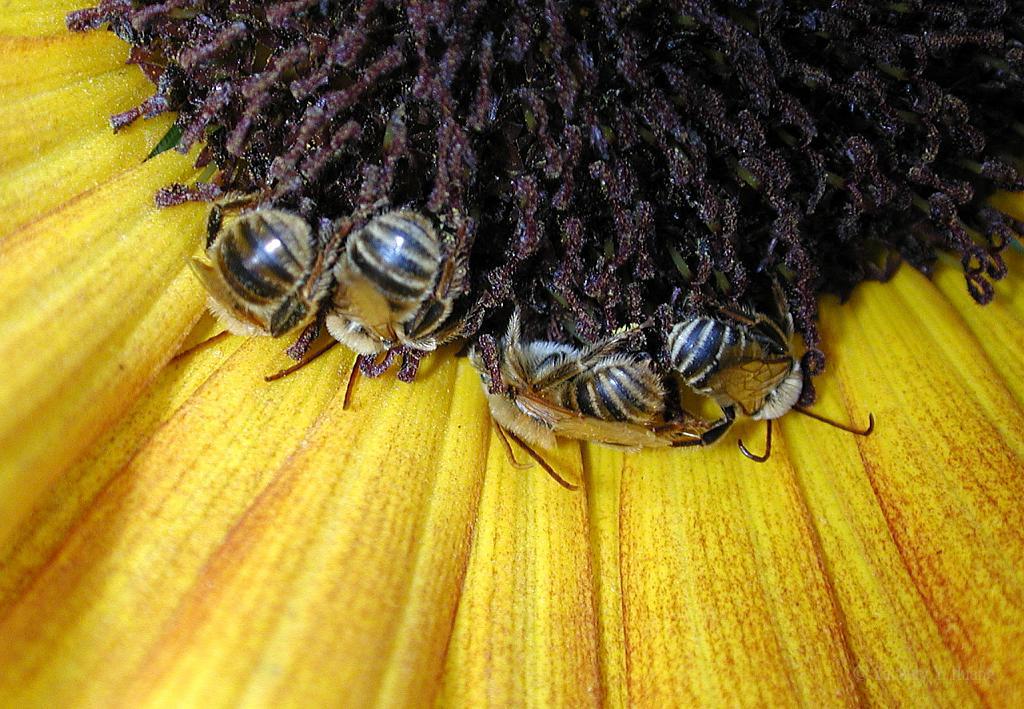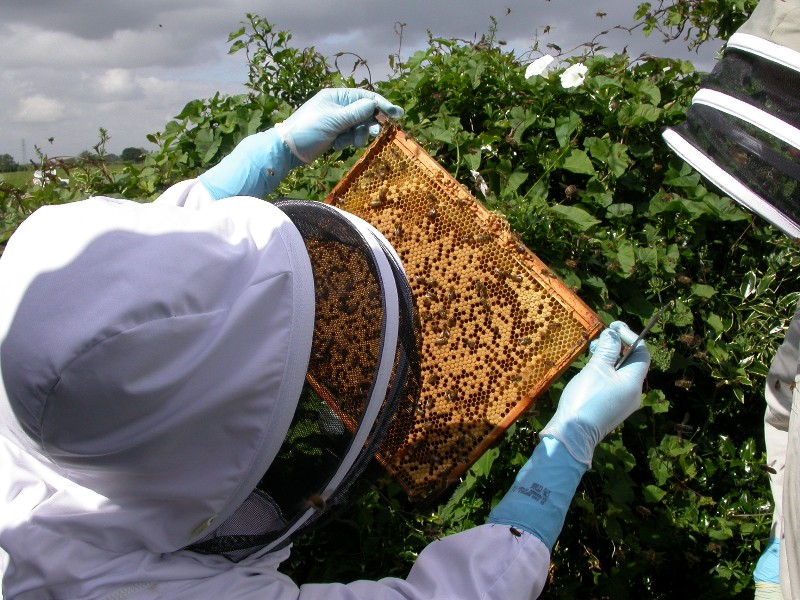
Beekeepers are almost by definition curious individuals. The nature of beekeeping, as with any environmental relationship, is complex. Even some of the most experienced beekeepers are confounded by the mysteries of a bee hive. That is what makes honey bee research a rewarding and never-ending journey.
Below is a list of commonly asked questions and links to the best answer at the time it was …









